What is effectiveness Coaching?
Sukjae Lee Ph.D.
Creator of Effectiveness Coaching Methodology
2025. 2. 14
Effectiveness Coaching is a unique methodology developed by Dr. Sukjae Lee that integrates evidence-based frameworks from behavioral science and positive psychology to achieve measurable results. It is based on the premise that people inherently seek effectiveness and utilizes specific models like the 3S-FORM Model and diagnostic tools. For more details, visit thinkingpartner.co.kr.
What is Effectiveness Coaching?
1. Effectiveness Coaching
Effectiveness Coaching, developed by Dr. Sukjae Lee, is founded on the assumption that "people seek effectiveness to increase the possibility of achieving their desired results in life" (S. Lee, 2014). Effectiveness Coaching is a collaborative activity that uses motivation and people's potential as the energy for change to increase the possibility of achieving desired results(called "effective results). In this collaborative activity, the coach is an expert who serves as a partner. The coach identifies which factors in a given life context influence the possibility of achieving effective results and helps to promote those influencing factors to achieve the effective results. A series of structured, goal-oriented collaborative activities related to this is what constitutes Effectiveness Coaching.
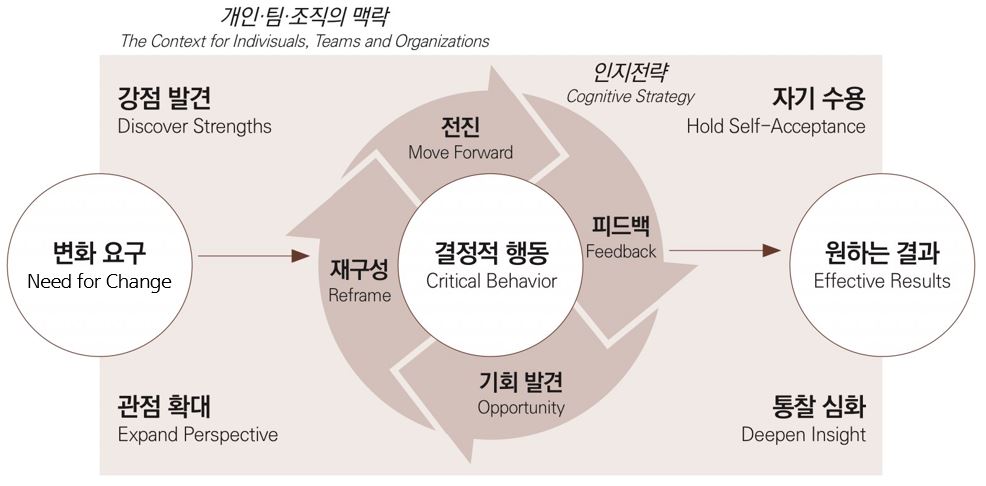
[Figure 1] Effectiveness Coaching Model
2. Integrated Approach to Coaching Design
To maximize organizational effectiveness, it is necessary to objectively measure and diagnose the factors that influence individual, team, and organizational effectiveness, and to develop specific measures for these factors to improve effectiveness. To this end, 'individual coaching and organizational coaching are designed from an integrated perspective'.

[ Figure 2] Integrated Approach to Coaching Design
3. The 3S-FORM Coaching Model for Creating Behavioral Change
How to coach the coachee? In effectiveness coaching, change is created through collaborative coaching. Even if the coach proceeds with coaching according to the FORM coaching process, which draws out behavioral change, for the behavioral change to happen successfully, the coachee must activate the 3S, which drives internal change. When the coach's strategy to bring about change and the coachee's strategy to drive change are successfully carried out through collaboration, the effectiveness of the coaching increases. Behavioral change that is not accompanied by internal change has a short-term effect. This leads to the negative evaluation that it was only effective during the coaching sessions. The 3S are self-awareness, self-talk, and self-reflection. The 3S are the 'internal growth engine' that drives behavioral change.

[ Figure 3] 3S-FORM Coaching Model for Behavioral Change
4. Effectiveness Diagnostic Tools
Effectiveness coaching uses online diagnostic tools to assess and interlink the effectiveness of each organizational unit. Individual effectiveness is objectively assessed through a multi-rater diagnosis using the 'Effectiveness Leadership Assessment,' teams use the 'Team Effectiveness Assessment,' and organizations use the 'Organizational Effectiveness Assessment' (both Korean and English diagnoses and reports are available).

[ Figure 4] Effectiveness Diagnostic Tools
5. The theory and practice of effectiveness coaching
The theory and practice of effectiveness coaching is a unique methodology developed by Coach Sukjae Lee(Seokjae Lee, interchangable) which focuses on maximizing a client's 'effectiveness' through coaching to help them achieve their desired results. It is characterized by an integrated approach that goes beyond simple behavioral change to also pursue internal growth. For more details, visit thinkingpartner.co.kr.
1) Theoretical Foundation of Effectiveness Coaching
Effectiveness coaching is based on the assumption that "people seek effectiveness to increase the possibility of achieving their desired results in life." Here, effectiveness is defined as a key value that enhances the possibility of goal attainment. The theory is structured around the following core concepts:
- Effectiveness Coaching Model: A systematic coaching activity is developed through a goal-oriented 4-step process (identifying change needs - setting change goals - coaching for behavioral change - evaluating coaching outcomes).
- Integrated Approach: It views individual effectiveness (ELA), team effectiveness (TEA), and organizational effectiveness (OEA) not as separate entities but as an interconnected system, aiming to maximize overall organizational effectiveness through diagnostics at each level.
- Internal Change: It places importance on activating the 'internal growth engine', the 3S (self-awareness, self-talk, self-reflection), for long-term growth rather than being limited to short-term behavioral change.
2) Practical Application of Effectiveness Coaching
The theoretical foundation is implemented in the actual coaching field through the following methods:
- Utilization of Diagnostic Tools: Objective multi-rater diagnostic tools—ELA (individual), TEA (team), and OEA (organization)—are used to measure the effectiveness of each organizational unit and quantitatively track changes before and after coaching.
- 3S-FORM Coaching Model: The coach follows the FORM coaching process to drive behavioral change, while the coachee activates the 3S for internal change. The collaboration between these two strategies enhances coaching effectiveness.
- Collaborative Partnership: The coach acts as a 'partner' who helps the client increase the possibility of achieving their desired results, rather than being a one-sided advisor. It emphasizes collaborative activity that helps clients use their own potential as the energy for change.
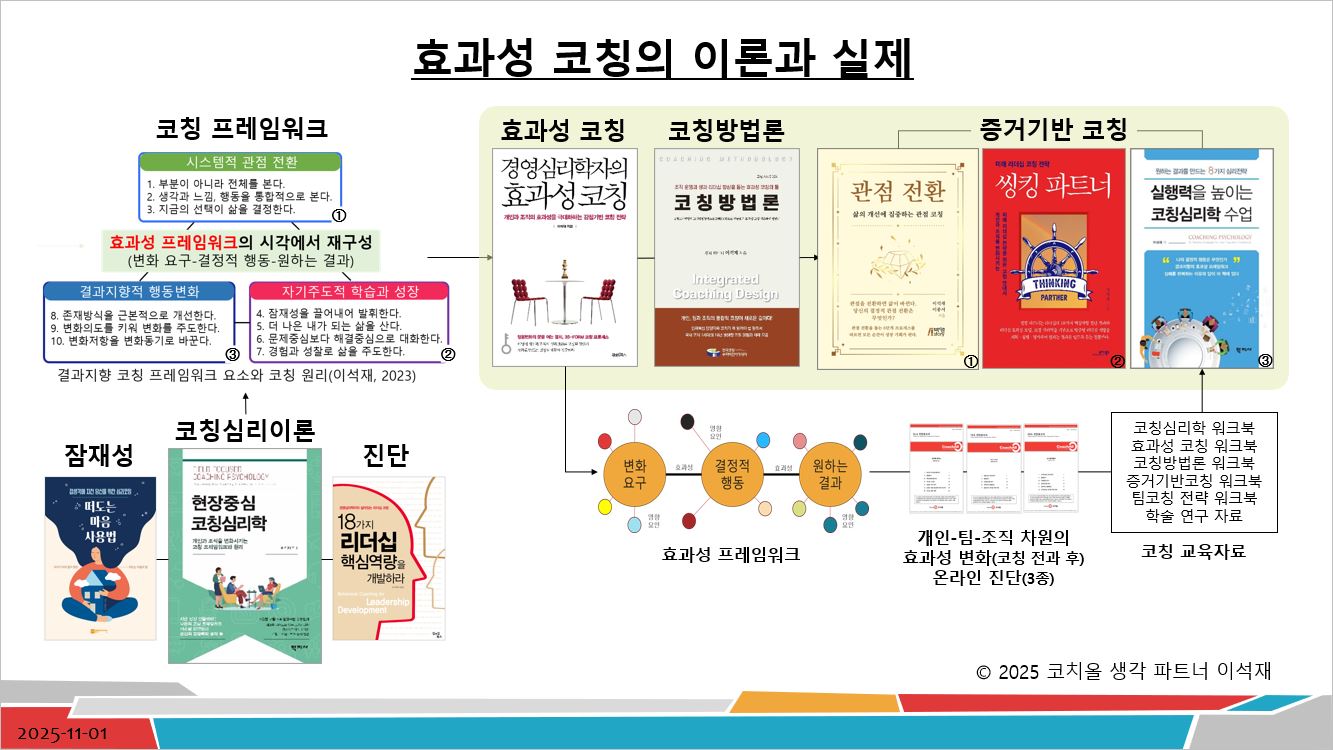
[ Figure 5] The theory and practice of effectiveness coaching
In the Effectiveness Coaching Model (Lee, 2023), "perspective expansion" is a key cognitive strategy for fostering change in coaching clients' thoughts and behaviors. It's also one of the three elements that make up the results-oriented coaching framework. For specific coaching examples and the rationale behind this role, please refer to the new book, "Perspective Shift." (Lee & Lee, 2025). Dr. Lee (Thiniking Partner) has developed "Perspective Coaching," a coaching methodology for shifting perspectives.
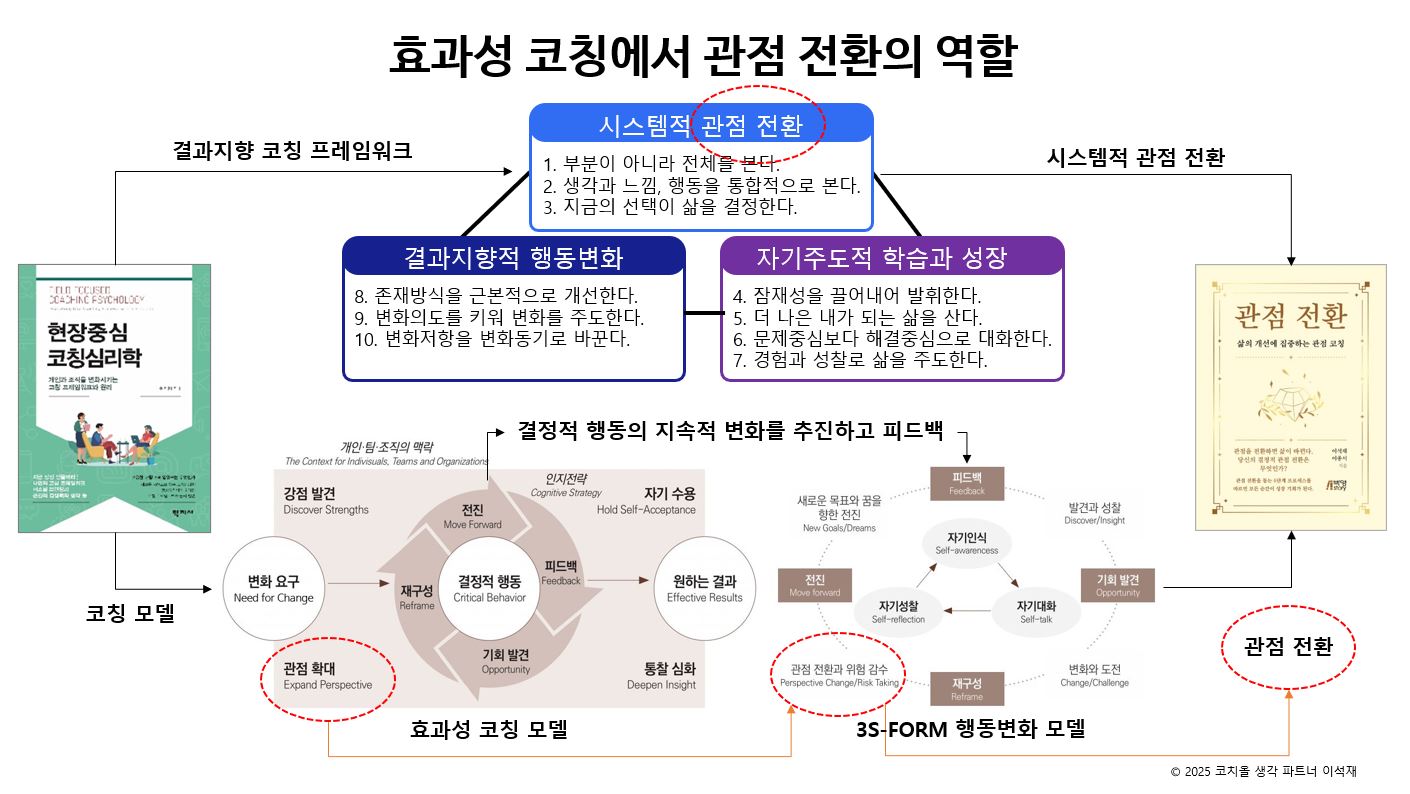
[ Figure 6] The Role of Perspective Shifting in Effectiveness Coaching
6. References
Lee, Sukjae (2006). Develop 18 Core Leadership Competencies. Seoul: Kim & Kim Books.
Lee, Sukjae (2014). Effectiveness Coaching by a Business Psychologist. Seoul: Kim & Kim Books.
Lee, Sukjae (2019). Thought Revolution That Changes My Life. Seoul: Wildbooks.
Lee, Sukjae (2020). Coaching Methodology. Seoul: Korea Coaching Supervision.
Lee, Sukjae (2020). How to Use a Wandering Mind. Seoul: Plan B Design.
Lee, Sukjae (2023). Field-Focused Coaching Psychology. Seoul: Hakjisa.
Lee, Sukjae (2024). Coaching Psychology Class for Boosting Execution. Seoul: Hakjisa.
Lee, Sukjae (2024). Thinking Partner. Gyeonggi: Moa Books.
Lee, Sukjae & Lee, Jongseo (2025). Perspective Shift. Seoul: Parkyoungstory.
효과성 코칭이란?
1. 효과성 코칭
이석재 박사가 개발한 효과성 코칭(Effectiveness Coaching)은 '사람들은 삶에서 원하는 결과를 얻을 가능성을 높이는 효과성을 추구한다'는 가정에 토대를 두고 있다(이석재, 2014). 효과성 코칭은 그 동기와 사람들의 잠재성을 변화의 에너지원으로 하여 원하는 결과를 얻을 수 있는 가능성을 높이는 협력 활동이다. 코치는 이러한 협력 활동에서 파트너 역할을 수행하는 전문가이다. 주어진 삶의 맥락에서 과연 어떤 요인들이 원하는 결과를 얻을 가능성에 영향을 미치는지를 파악하고, 그 영향 요인들을 촉진시켜 원하는 결과를 얻도록 돕는다. 이와 관련된 일련의 구조화된 목표지향적 협력 활동이 효과성 코칭이다.

[그림 1] 효과성 코칭 모델(Effectiveness Coaching Model)
2. 통합적 접근을 통한 코칭설계
조직의 효과성이 극대화되기 위해서는 개인 효과성-팀 효과성-조직 효과성에 영향을 미치는 요인들에 대한 객관적 측정과 진단, 해당 요인들이 효과성을 향상시키는 구체적인 방안이 필요하다. 이를 위해 '개인 코칭과 조직 코칭을 통합적인 시각에서 설계'한다.

[그림 2] 효과성 코칭을 위한 통합설계( Integrated Approach to Coaching Design)
3. 행동변화를 만드는 3S-FORM코칭모델
코칭대상자를 어떻게 코칭할 것인가? 효과성 코칭에서는 협력코칭을 통해 변화를 만든다. 코치는 행동변화를 끌어내는 FORM코칭 프로세스에 따라 코칭이 전개되더라도, 행동변화가 성공적으로 일어나기 위해서는 코칭 대상자가 내면의 변화를 끌어가는 3S를 작동시켜야 한다. 이와 같은 코치의 변화를 끌어내는 전략과 코칭 대상자의 변화를 끌어가는 전략이 협력을 통해 성공적으로 전개될 때, 코칭의 효과성은 더 높아진다. 내면의 변화를 수반하지 않는 행동변화는 그 효과가 단기적이다. 바로 코칭 받을 때 뿐이었다는 부정적 평가를 초래한다. 3S는 자기인식(self-awareness), 자기대화(self-talk), 자기성찰(self-reflection)이다. 3S는 행동변화를 이끄는 '내면의 성장엔진'이다.
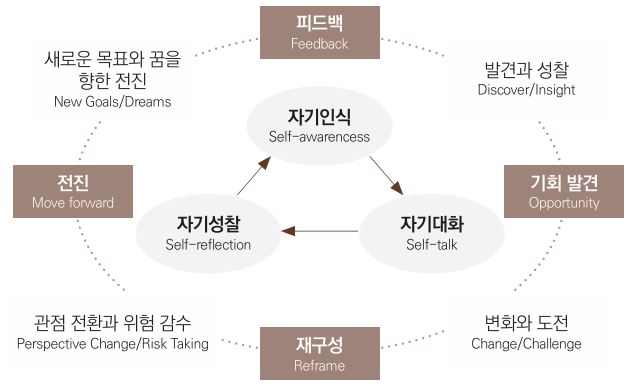
[그림 3] 행동변화를 만드는 3S-FORM코칭모델 (3S-FORM Coaching Model for Behavioral Change)
4. 효과성 진단도구
[그림 4] 효과성 진단도구(Effectiveness Diagnostic Tools)
5. 효과성 코칭의 이론과 실제
효과성 코칭의 이론과 실제는 이석재 코치가 개발한 고유의 코칭 방법론으로, 코칭을 통해 고객의 '효과성'을 극대화하여 원하는 결과를 달성하도록 돕는 데 초점을 맞춥니다. 이는 단순한 행동 변화를 넘어 내면의 성장을 함께 추구하는 통합적인 접근 방식을 특징으로 합니다.
1) 효과성 코칭의 이론적 토대
효과성 코칭은 "사람들은 삶에서 원하는 결과를 얻을 가능성을 높이는 효과성을 추구한다"는 가정에 기반합니다. 여기서 효과성은 목표 달성 가능성을 높이는 핵심적인 가치로 정의됩니다. 이론은 다음과 같은 핵심 개념을 통해 구성됩니다.
- 효과성 코칭 모델: 목표지향적인 4단계 프로세스(변화 요구 파악 - 변화 목표 설정 - 행동 변화 코칭 - 코칭 성과 평가)를 통해 체계적인 코칭 활동을 전개합니다.
- 통합적 접근: 개인 효과성(ELA), 팀 효과성(TEA), 조직 효과성(OEA)을 별개가 아닌 상호 연관된 시스템으로 보고, 각 단계의 진단을 통해 조직 전체의 효과성 극대화를 목표로 합니다.
- 내면의 변화: 단기적인 행동 변화에 그치지 않고, 장기적인 성장을 위해 내면의 '성장 엔진'인 3S(자기인식, 자기대화, 자기성찰)를 활성화하는 것을 중요하게 여깁니다.
2) 효과성 코칭의 실제 적용
이론적 토대는 실제 코칭 현장에서 다음과 같은 방법으로 구현됩니다.
- 진단 도구의 활용: 온라인으로 운영되는 객관적인 다면 진단 도구인 ELA(개인), TEA(팀), OEA(조직)를 사용하여 각 조직 단위의 효과성을 측정하고, 코칭 전후의 변화를 정량적으로 파악합니다.
- 3S-FORM 코칭 모델: 코치는 행동 변화를 이끌어내는 FORM 코칭 프로세스를 따르고, 코칭 대상자는 내면의 변화를 위한 3S를 스스로 작동시킵니다. 이 두 가지 전략의 협력을 통해 코칭 효과를 높입니다.
- 협력적 파트너십: 코치는 일방적인 조언자가 아닌, 고객이 원하는 결과를 얻을 가능성을 높이는 '파트너' 역할을 수행합니다. 고객 스스로 자신의 잠재성을 변화의 에너지원으로 사용하도록 돕는 협력 활동을 중시합니다.
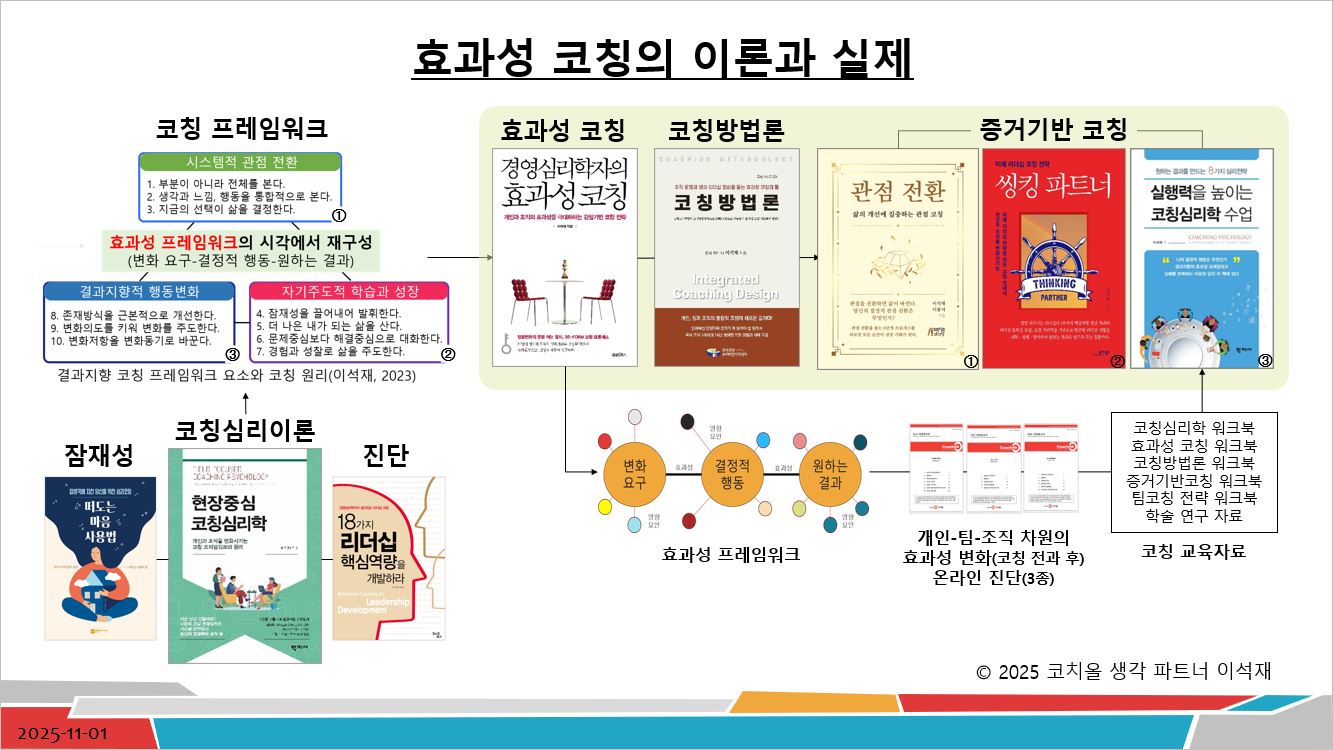
[그림 5] 효과성 코칭의 이론과 실제(The theory and practice of effectiveness coaching)
효과성 코칭 모델(이석재, 2023)에서 코칭 고객의 생각과 행동변화를 촉진하는 인지전략으로 ‘관점 확대‘를 중요하게 사용했죠. 또 결과지향 코칭 프레임워크를 구성하는 3가지 요소 중의 하나입니다. 이러한 역할에 대한 구체적인 코칭 사례와 논리는 신간 <관점 전환> 책을 참고바랍니다. 생각 파트너는 관점 전환을 위한 코칭방법론인 ’관점 코칭(Perspective Coaching)’을 전개했습니다.
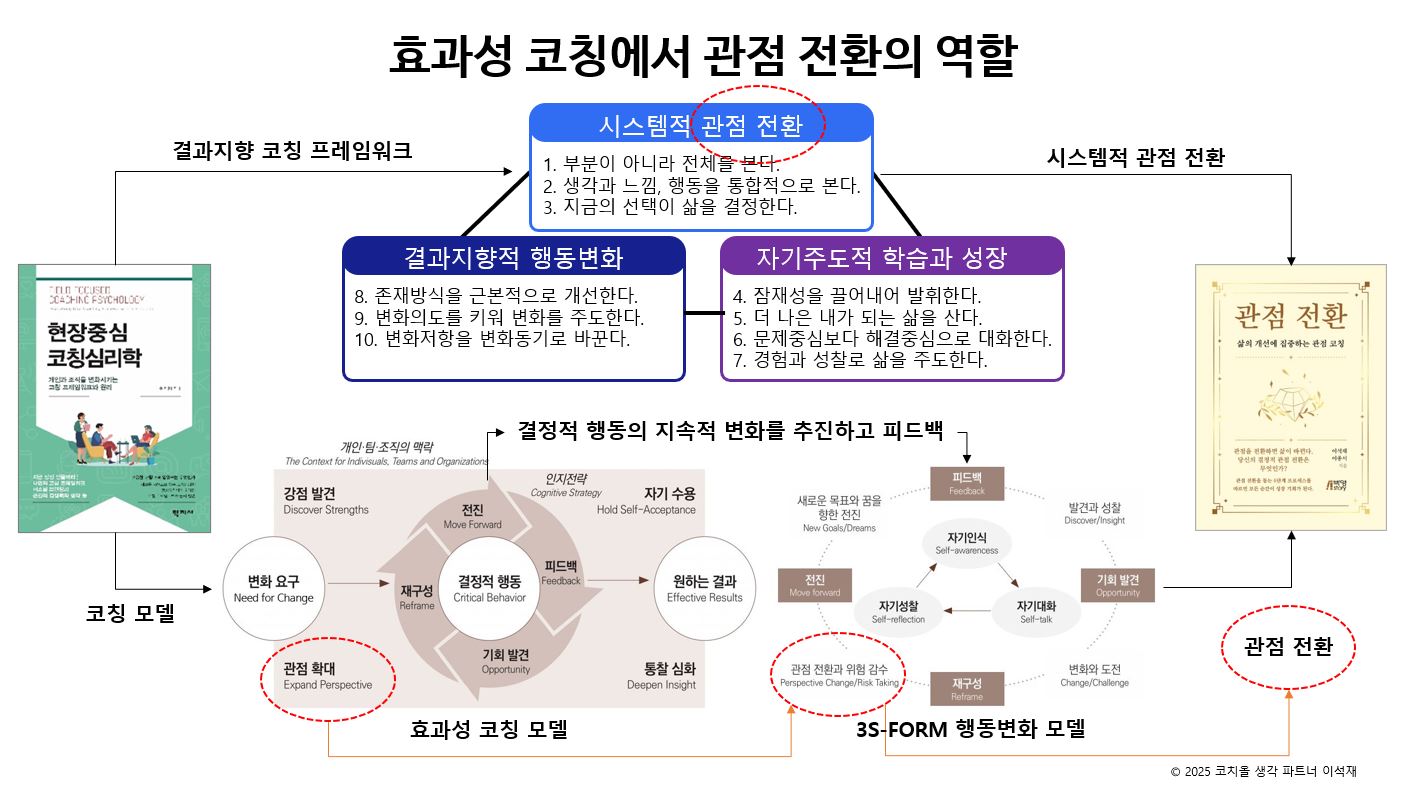
[그림 6] 효과성 코칭에서 관점 전환의 역할
6. 참고문헌
이석재 (2006). 18가지 리더십 핵심역량을 개발하라. 서울: 김앤김북스.
이석재 (2014). 경영심리학자의 효과성 코칭. 서울: 김앤김북스.
이석재 (2019). 내 삶을 바꾸는 생각 혁명. 서울: 와일드북.
이석재 (2020). 코칭방법론. 서울: 한국코칭수퍼비전.
이석재 (2020). 떠도는 마음 사용법. 서울: 플랜비디자인.
이석재 (2023). 현장중심 코칭심리학. 서울: 학지사.
이석재 (2024). 실행력을 높이는 코칭심리학 수업. 서울: 학지사.
이석재 (2024). 씽킹 파트너. 경기: 모아북스.
이석재.이종서 (2025). 관점 전환. 서울: 박영스토리.